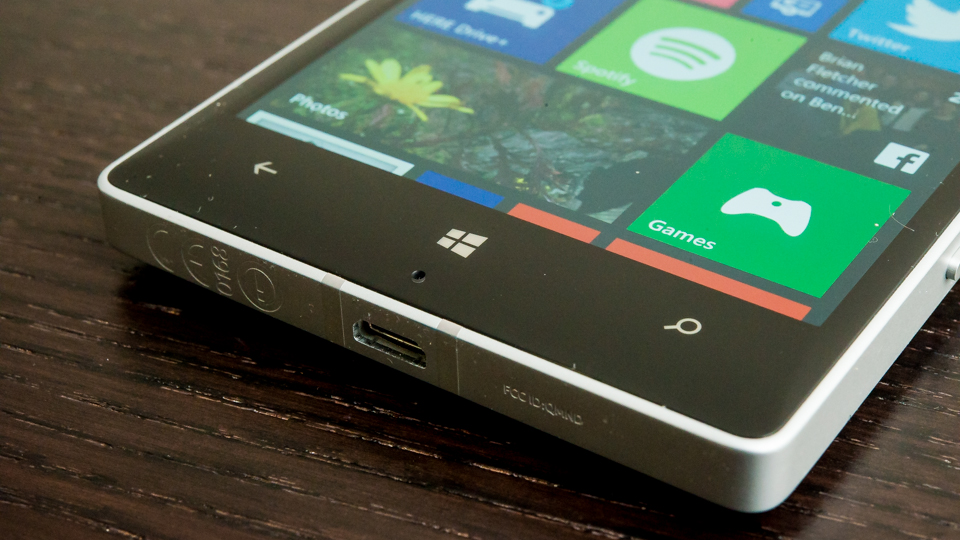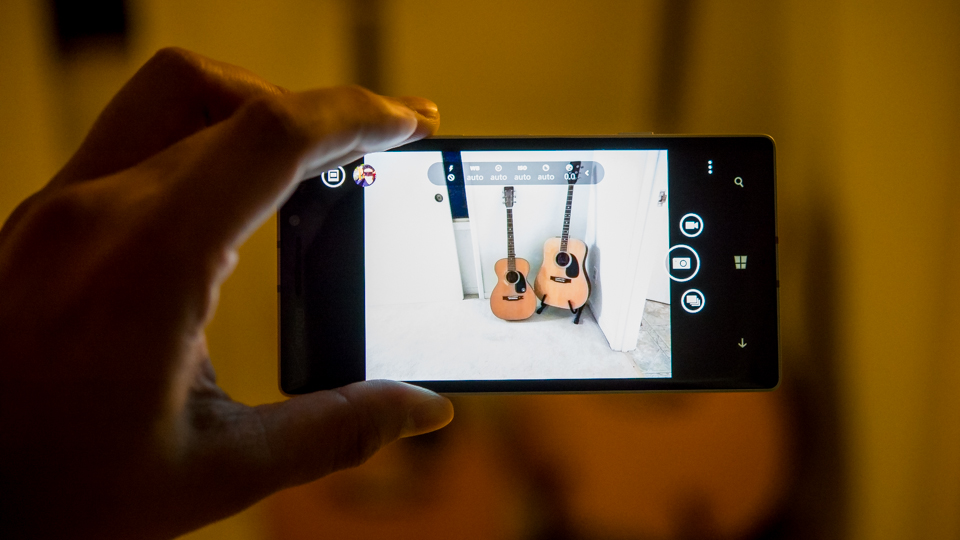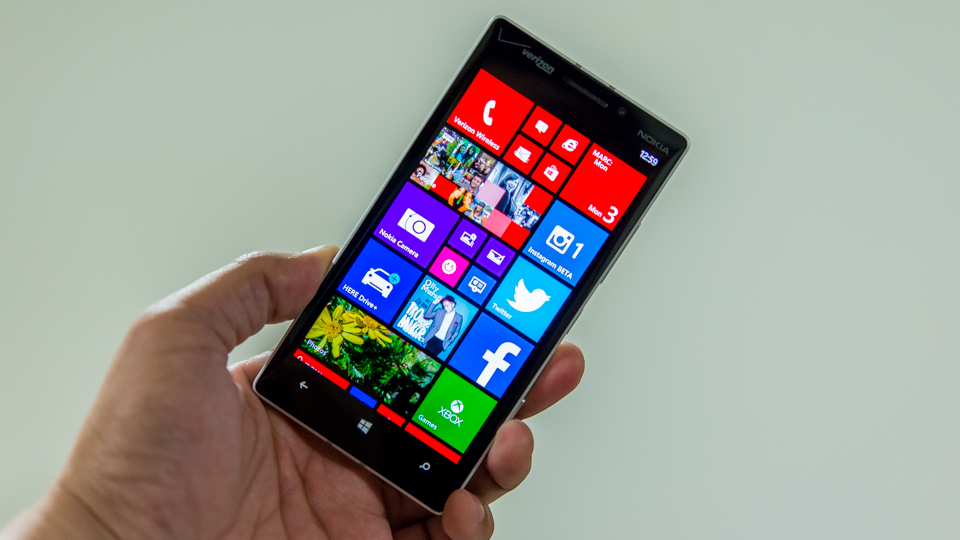Why you can trust TechRadar
The Nokia Lumia Icon runs Windows Phone 8. If you're already a Windows Phone 8 user, you'll feel right at home with the Lumia Icon. And if you're new to WP8, there will be a small learning curve.
Starting with the home screen, you'll have a number of what Microsoft calls Live Tiles. These icons are updated in real time whenever the app has a new notification. Facebook and Twitter, for example, will have a small badge on the icon to let you know that there are pending notifications.

Live Tiles are customizable icons, which means you can adjust their sizes (there are three sizes to choose from) and the order in which they are displayed on your home screen.
Eventually, you'll discover that most actions require pressing and holding certain items on the display, whether they're the live tiles or the buttons on the display.
Pressing and holding the back button will bring you to the application switcher. From here, you can jump to different apps with ease since you don't have to search around for it on your home screen, and you can go straight into another apps regardless of where you are.

If you press and hold the home button, voice commands are activated. From here, you'll be prompted with an example of list of commands you can give the phone.
And lastly, pressing and holding the search button brings up Bing search. And if you're wondering, there's no changing it to Google or Yahoo! search if you prefer one or the other.
From the home screen, a swipe to the right will bring you to an alphabetical list of all of your apps and settings. If you have a long list of apps, there is a search bar at the top so you can just jump straight to the app you're looking for.
In short, Windows Phone 8 couldn't be any more simple in terms of smartphone operating systems. The learning curve isn't as steep as Android, and it's more customizable than iOS. There is, however, still one glaring problem: apps.

Sure, you get Facebook, Twitter, Instagram, e-mail and so forth, but given our years of experience with iOS, Android and Windows Phone, I can confidently say that Windows Phone still lacks the polish and even some of the functions of its Android and iOS counterparts.
It's going to remain this way for some time. WP8 apps simply don't get the kind of developer attention that iOS and Android apps do, and for good reason.
If you're new to WP8, just know that you may have a better experience with iOS or Android in terms of having a robust app ecosystem. Some apps took ages to ever reach Windows Phone, and you could have been one of those customers who, just a few months ago, might have been asking "Why don't we have Instagram yet?"
And if you're already a veteran Windows Phone user, you already know what you're getting into.
However, there's no arguing that the app ecosystem for WP8 is nowhere near as rich or robust as iOS and Android, and it will stay that way for the foreseeable future.
With that said, there is nothing wrong with WP8 for the casual smartphone user, especially if you're just going to casually check e-mail, messages and a few social networking apps. Or if you're going to be listening to or streaming music and multimedia content.
Current page: Interface and software
Prev Page Introduction and design Next Page Browser and multimedia